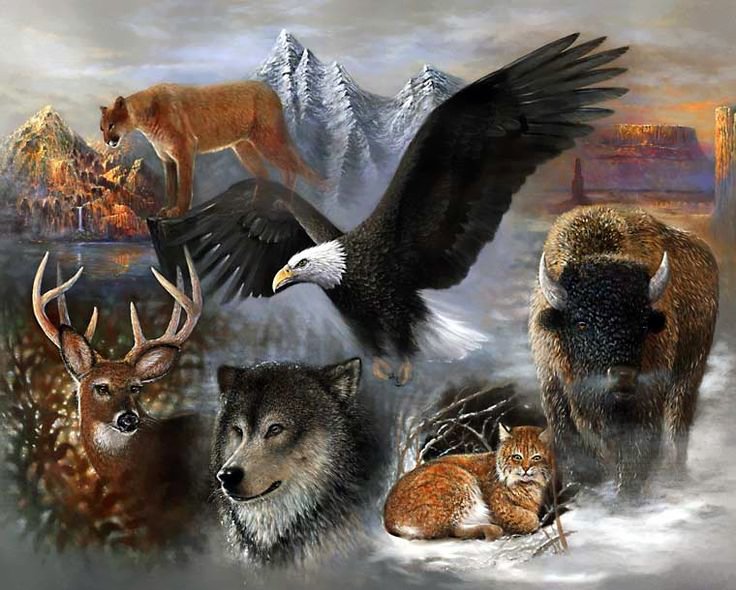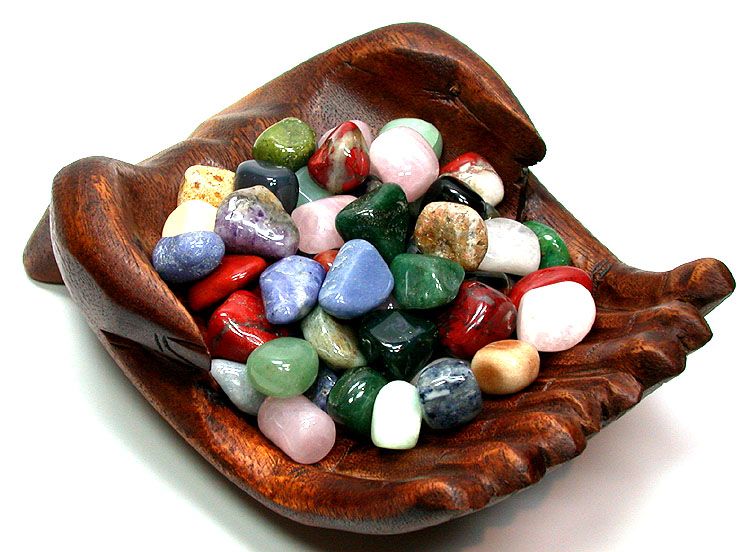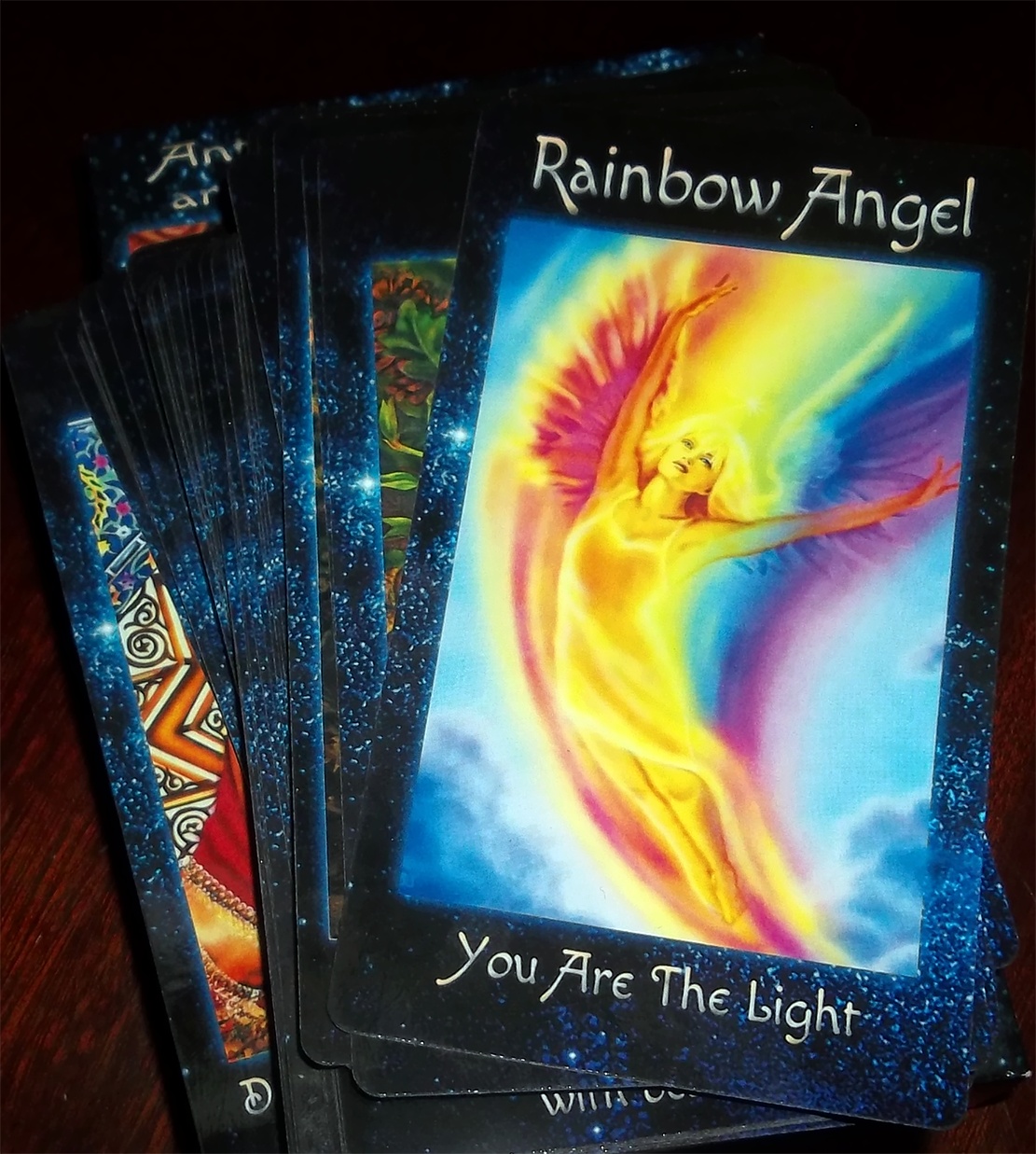Geminid Meteor Shower - 2018
- Details
- Written by AndEl

Around the world, the shower will peak on 13 December or 14 December, depending on your time zone.
The Geminid meteor shower is one of the most anticipated events in the stargazing calendar as more than 120 shooting stars per hour are set to sparkle in the skies.The Geminid meteor shower is one of the most anticipated events in the stargazing calendar as more than 120 shooting stars per hour are set to sparkle in the skies.
The Geminid meteor shower is one of the finest meteors showers visible in either the Northern or the Southern Hemisphere.
The Geminids, as their name implies, appear to emanate from the bright constellation Gemini (the twins). To find Gemini, look in the northeastern sky for the constellation Orion, which is easy to spot by the three stars in the hunter's "belt." Then look just up and to the right of Orion to see Gemini, high in the northeastern sky.Although the meteors will appear to stream away from Gemini, they can appear all across the sky.
The Geminids are associated with the near-Earth object 3200 Phaethon, an asteroid that may have undergone a collision with another object in the distant past to produce the stream of particles that Earth runs into — creating the meteor shower.
The asteroid orbits the sun every 1.4 years. It occasionally comes close to Earth (at a safe distance) and also passes very close to the sun, inside of Mercury's orbit and only 0.15 astronomical units from the sun.
Geminid Meteor Shower: When, Where & How to See It
Anywhere in the Northern Hemisphere is good, but the shower is visible from the Southern Hemisphere too.
You will want to find a big open space where you can see as much sky as possible.
Check the weather, as clear, cloudless skies are best.
The Royal Observatory advises: "For the best conditions, you want to find a safe location away from street lights and other sources of light pollution."
The Geminids are considered one of the best meteor showers every year because the individual meteors are bright, and the peak can see meteors stream across the sky at rates as high as 120 meteors an hour. Under light-polluted skies, fewer meteors will be visible. [Geminid Meteor Shower Awes Skywatchers Worldwide (Photos)]
The Geminid meteor shower is nearly 200 years old, according to known records — the first recorded observation was in 1833 from a riverboat on the Mississippi River — and is still going strong. In fact, it's growing stronger. That's because Jupiter's gravity has tugged the stream of particles from the shower's source ― the asteroid 3200 Phaethon ― closer to Earth over the centuries.

When to see them
The meteors tend to peak about 2 a.m. local time.
The Geminids, as their name implies, appear to emanate from the bright constellation Gemini (the twins). To find Gemini, look in the northeastern sky for the constellation Orion, which is easy to spot by the three stars in the hunter's "belt." Then look just up and to the right of Orion to see Gemini, high in the northeastern sky.
Although the meteors will appear to stream away from Gemini, they can appear all across the sky. For best results, you should look slightly away from Gemini so that you can see meteors with longer "tails" as they streak by; staring directly at Gemini will just show you meteors that don't travel very far.

Where do they come from?
The Geminids are associated with the near-Earth object 3200 Phaethon, an asteroid that may have undergone a collision with another object in the distant past to produce the stream of particles that Earth runs into — creating the meteor shower.
The asteroid orbits the sun every 1.4 years. It occasionally comes close to Earth (at a safe distance) and also passes very close to the sun, inside of Mercury's orbit and only 0.15 astronomical units from the sun. (An astronomical unit is the distance between the sun and the Earth: about 93 million miles or 150 million kilometers.)
Rocks in space that are about to collide with Earth's atmosphere are called meteoroids. Those that streak through the atmosphere are called meteors, and if they reach the ground (which won't happen with the Geminids, as the particles are too small to survive the trip) the rocks are called meteorites.

How to get the best view
Meteor showers don't require binoculars or telescopes to view — just your bare eyes. Find a comfortable spot to lie on the ground, far away from lights and ideally in a dark-sky area. Bring a blanket and dress warmly if you're in cold weather. Give your eyes about 20-30 minutes to adjust to the dark, then sit back and enjoy the show.
Liked this article? Dive deeper into personal growth and wellness! Check out CrystalWind.ca for spiritual wisdom or explore AromaWorx.ca for natural well-being tips. Spread the positivity—share this with friends on their happiness journey!
Let’s Chat! Drop Your Thoughts Below! ![]()
Latest Articles
Dive into the Mystical World of the Crystal Wind Oracle Deck!
Get All the Enchanting Details Now!
NEW Expanded Boxed Edition!
Now with 58 Cards for Richer Wisdom!

Imagine a world of inspiration and healing, free for all—made possible by YOU!
Donate Now—Ignite the Magic at CrystalWind.ca!

Epilepsy - Finding A Cure
Your donation can make a difference!
Help us find a cure – donate now!
Unlock Your Light: Join Lightworkers Worldwide on CrystalWind.ca!
Quake Watch
Articles: The Founders
Articles: Cosmic Neighbours
Articles: Galactic History
Follow Us!
Who is Online Now
We have 33700 guests and no members online
Featured This Month
The Seven Chakras and their Meanings
If you could imagine chakras as circles of energy, flowing all the way throu... Read more
The Time of No Time: Beltane!
Around the medicine wheel of life we go, from season to season (solstice to ... Read more
Frogs Return Moon
Beaver – Chrysocolla - Blue Camas – Blue April 20 – May 20 The Frogs Retur... Read more
Sun in Taurus
Sun in Taurus April 21 through May 21 An Overview of Sun Sign Characteristi... Read more
Cartomancy - Fortune Telling Using Playing C…
Cartomancy is the act of divining using cards. Divining means to find out by... Read more
Bright Beltane Blessings!
The wheel turns to Beltane, also known as Mayday, marking the beginning of S... Read more
Taurus Mythology
The Taurus Myth The story of Taurus is most vividly tied to the tale of Zeu... Read more
The Crystal Wind Oracle Card Deck
The Crystal Wind Oracle™ The Crystal Wind Oracle Myth & Magic Card D... Read more













































